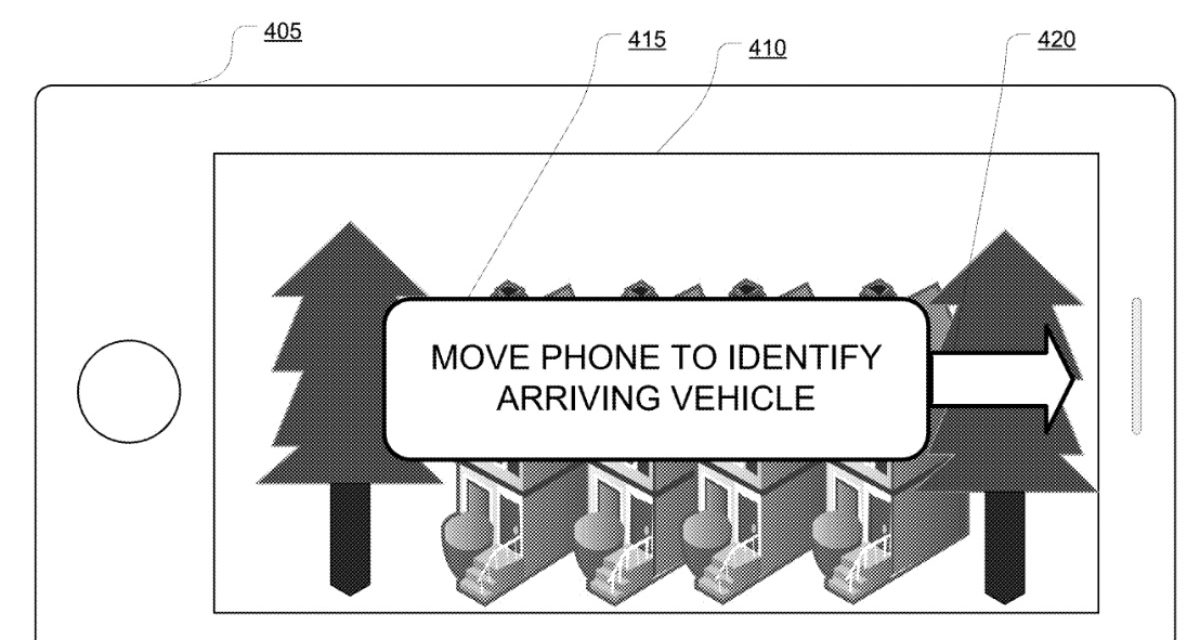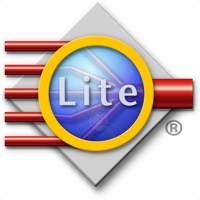Apple has filed for a patent (number US 20230351747 A1) for an “Augmented Reality Interface for Facilitating Identification of Arriving Vehicle.”
It would allow an iPhone to be used to identify when your Uber, Lyft, etc. vehicle is arriving. And it would help the drivers of such services to use their smartphone to identify their passengers.
About the patent filing
Mobile apps are helpful for requesting a car to provide transportation. However, Apple says that high usage of such mobile apps can cause confusion in an urban environment where there are many cars and where other people may also be waiting on a car.
It’s a common mistake for a passenger to get into a wrong car. Similar problems can also occur with other modes of transportation. For example, it may be difficult for a person to identify the correct bus at a bus terminal, particularly in a foreign country that uses a different language.
Similarly, the driver of a vehicle can have difficulty in identifying a potential passenger or a specific stopping point to pick up the passenger. A pin or dot identifying a GPS coordinate may not provide sufficient accuracy in a crowded environment.
Apple wants its iPhone to be able to assist in identifying the correct vehicle that a passenger is waiting to enter.
Summary of the patent filing
Here’s Apple’s abstract of the patent filing: “aVrious embodiments of the invention pertain to an augmented reality interface for facilitating identification of an arriving vehicle and/or a passenger that improve upon some or all of the above-described deficiencies. According to some embodiments of the invention, a mobile device may be used by a passenger to scan scenery.
“The mobile device may determine whether and where a requested vehicle is located and display an indicator of the requested vehicle on the mobile device. Similarly, a mobile device may be used by a driver to scan scenery. The mobile device may determine whether and where a passenger is located and display an indicator of the requesting passenger on the mobile device.”
Article provided with permission from AppleWorld.Today



